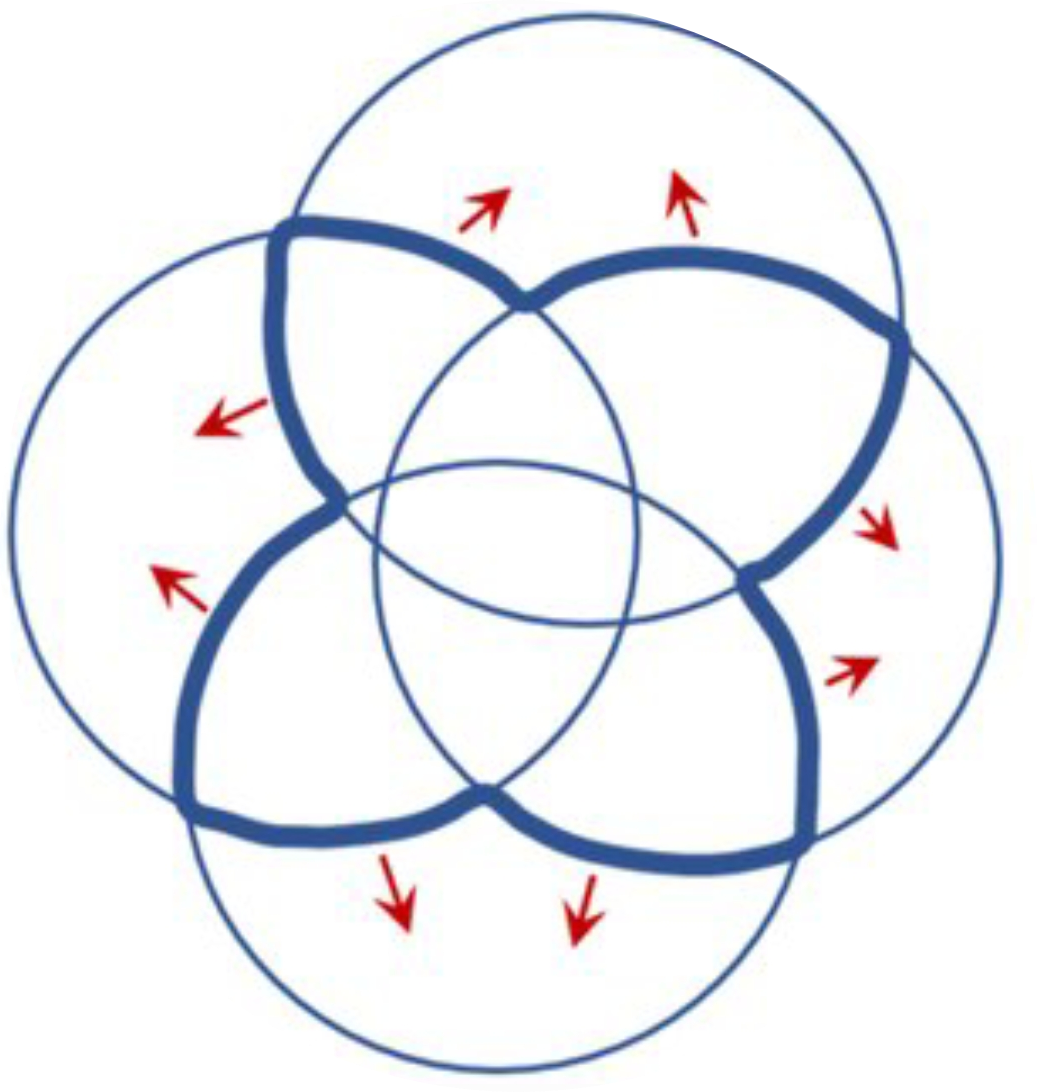Contingency, Repeatability, and Predictability in the Evolution of a Prokaryotic Pangenome
The pangenome, the entire gene repertoire of a prokaryotic species, is a dynamic entity shaped by the forces of gene gain and loss. Horizontal gene transfer (HGT), a process where genes are exchanged between unrelated organisms, plays a significant role in this dynamism, introducing new genes and functions into the pangenome. This influx of genetic material can lead to significant diversification, allowing prokaryotes to adapt to new environments and challenges.
The evolution of a pangenome is often perceived as a contingent process, driven by chance events and unpredictable outcomes. However, recent research suggests that there might be underlying patterns and predictable elements in this seemingly chaotic process. This notion challenges the traditional view of pangenome evolution and opens up new avenues for understanding the forces that shape prokaryotic diversity.
Key Concepts
Pangenome: The entire set of genes found in a prokaryotic species, including both core genes (present in all strains) and accessory genes (present in some strains).
Horizontal Gene Transfer (HGT): The movement of genetic material between unrelated organisms, a major driver of pangenome evolution.
Contingency: The idea that evolutionary outcomes are unpredictable and depend on chance events.
Repeatability: The observation of similar evolutionary trajectories in independent lineages.
Predictability: The ability to forecast evolutionary outcomes based on current genetic makeup and environmental factors.
The Study
A groundbreaking study published in the Proceedings of the National Academy of Sciences (PNAS) titled "Contingency, repeatability, and predictability in the evolution of a prokaryotic pangenome" delves into the complex dynamics of pangenome evolution. The researchers focused on the pangenome of Escherichia coli, a bacterium commonly found in the gut of humans and animals.
The study employed a machine learning approach to analyze a vast dataset of E. coli genomes. By examining the patterns of gene presence and absence across different strains, the researchers aimed to identify any predictable elements in the evolution of the pangenome.
Findings
The study's findings challenge the traditional view of pangenome evolution as a purely contingent process. The researchers discovered that the presence or absence of a significant portion of genes in the E. coli pangenome could be predicted based on the presence or absence of other genes. This suggests that there are underlying rules governing gene co-occurrence and avoidance, indicating a degree of determinism in pangenome evolution.
The researchers propose that these predictable patterns are driven by intragenomic selection, where the fitness of a gene is influenced by the presence or absence of other genes in the genome. This selection pressure can lead to the repeated emergence of specific gene combinations, contributing to the predictability of pangenome evolution.
Implications
The study's findings have significant implications for our understanding of prokaryotic evolution. The presence of predictable elements in pangenome evolution suggests that we can potentially forecast the trajectory of bacterial adaptation to new environments and challenges. This knowledge could be invaluable in developing strategies to combat antibiotic resistance and other bacterial threats.
Furthermore, the study highlights the importance of intragenomic selection in shaping prokaryotic evolution. By understanding the complex interplay between genes within a genome, we can gain a deeper appreciation of the forces that drive bacterial diversity and adaptation.
Conclusion
The study "Contingency, repeatability, and predictability in the evolution of a prokaryotic pangenome" provides compelling evidence for the existence of predictable elements in the evolution of prokaryotic pangenomes. This challenges the traditional view of pangenome evolution as a purely contingent process and opens up new avenues for understanding the forces that shape bacterial diversity.
The study's findings have significant implications for our understanding of prokaryotic evolution and could potentially aid in the development of strategies to combat bacterial threats. By recognizing the interplay between contingency, repeatability, and predictability in pangenome evolution, we can gain a more comprehensive understanding of the dynamic forces that drive prokaryotic life.
Further Research
This study serves as a stepping stone for further research into the intricacies of pangenome evolution. Some potential areas of future exploration include:
Investigating the predictability of pangenome evolution in other prokaryotic species.
Identifying the specific environmental factors that influence gene co-occurrence and avoidance patterns.
Developing predictive models to forecast the evolution of antibiotic resistance in bacterial populations.
Exploring the role of HGT in shaping the predictability of pangenome evolution.
By continuing to explore the complex dynamics of pangenome evolution, we can gain a deeper understanding of the forces that shape prokaryotic life and their impact on the world around us.




Comments
Post a Comment